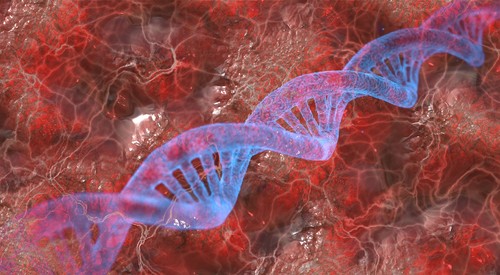
The ease of paternity testing couldn’t be simpler in the 21st century, where we are now capable of providing safe, non-invasive, quick, affordable, and >99% accurate results at Prenatal Genetic Laboratory.
As you may suspect, might like any other technology, a process as now streamlined as this wouldn’t have emerged without the foundation of knowledge iterated upon throughout history.
1901: Karl Landsteiner - Blood Groupings
Exploiting genetic markers to conduct a prenatal paternity test can be traced back to Karl Landsteiner and when he discovered the ABO blood group. Landsteiner, an Austrian born immunologist and pathologist, and his discovery paved the way for the rhesus blood group system, serum proteins, red blood cell enzymes, and others for as the markers around which paternity testing was to centre around. While accuracy and precision for these methods was nothing to scoff at, especially at the time, statistically robust measures were not in place when it came to paternity inclusion.
1984: Alec Jeffreys – Restriction Fragment Length Polymorphism (RFLP) Technique
A landmark in the development of the prenatal paternity test being delivered entirely through markers found in DNA, instead of through blood groups and histocompatibility testing, was thanks to Jeffreys’s work in identifying the RFLP technique. This, in short, involved the use of enzymes to segment DNA into shorter pieces, producing an array of segments that are unique to each individual and allowing for simple identification.
While being held in high regard as a leap for DNA sequencing, commercial viability simply wasn’t there; exorbitant costs, timely analysis, and labour-intensive efforts were part and parcel for RFLP. That is until a new DNA sequencing method was established…
1985: Kary B. Mullis – Polymerase Chain Reaction (PCR) Technique
From profiling that would have otherwise taken weeks to now being completed in just a few hours, PCR was a revolution in DNA sequencing. The hefty amount of the DNA needed in order to conduct work for genetic studies, forensic cases, and a prenatal paternity test is no longer a barrier of entry. This is because PCR works by amplifying, through an automated process of DNA heating and synthesisation, specific and small amounts of DNA fragments in just a matter of hours.
This implications of this revolution carry through to this day; labs across the world rely on PCR to amplify markers known as short tandem repeat (STR) polymorphisms for several clinical practices, including a prenatal paternity test.



